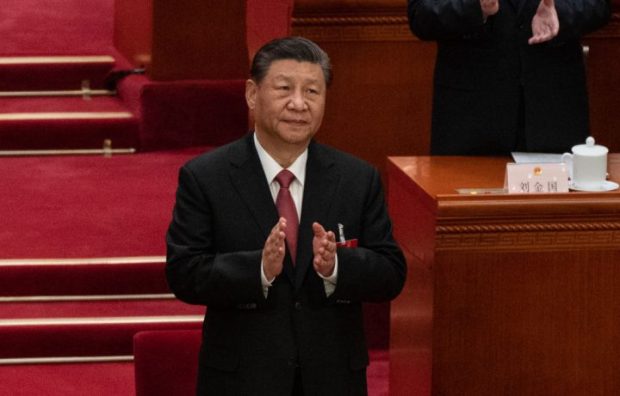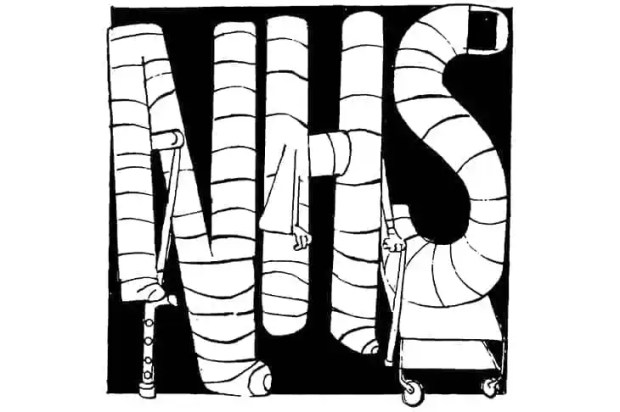The Bank of England hasn’t wasted time getting in front of the coronavirus, and its actions this morning show how far things have moved from the days of Mervyn King. Perhaps more interesting than the interest rate cut is the Bank’s moves to quickly free up the best part of £200bn of lending capacity for UK businesses, particularly small firms who are entirely reliant on banks for funding.
The idea is to create a firebreak, to make sure economic malaise doesn’t lead to businesses failing through lack of working cash flow. Fewer restaurants and hotel customers, a fall in those travelling, and more people working from home will all put pressure on businesses who need day-to-day income to cover their costs. If this means they need to borrow to cover their bills, the Bank of England aims to help. This is what a central bank is for: providing liquidity to jittery markets.
The main way this has been done is by lowering ‘counter cyclical capital buffers’ (this is essentially the additional buffer that the Bank of England requires banks to build up in good economic times to allow them to support customers in downturns). Since the last crash, banks have been ordered to build up pretty big cushions to protect against future crises. When trouble strikes (as it looks like doing now) the banks are allowed to have smaller cushions. This frees up cash so the full rate cut can be passed on.
This is a very different outlook from 2008/9, where the distressed state of the banking system caused a knock-on effect of declining credit availability to small businesses, amplifying the recession. Here the Bank is wisely using the benefit of a decade of rebuilding bank balance sheets to raise availability of lending at exactly the time when business is likely to need it, materially reducing the risk of a credit shock to the economy.
The Bank also notes it is co-ordinating policy with the Treasury – a different world from the summer of 2007 when the Treasury, the FCA and the Bank behaved like they were rival institutions working at cross-purposes. This is a good set-up to the budget, and a sign of a dramatically improved economic policy framework from the last crisis. The ability to release this kind of credit is a result of all the work done over the last decade to make sure that, when crisis hits, banks are in a position support the economy – rather than becoming the source of the problem. Lessons have been learned, and they’re now being applied.
<//>
Got something to add? Join the discussion and comment below.
Get 10 issues for just $10
Subscribe to The Spectator Australia today for the next 10 magazine issues, plus full online access, for just $10.




















Comments
Don't miss out
Join the conversation with other Spectator Australia readers. Subscribe to leave a comment.
SUBSCRIBEAlready a subscriber? Log in